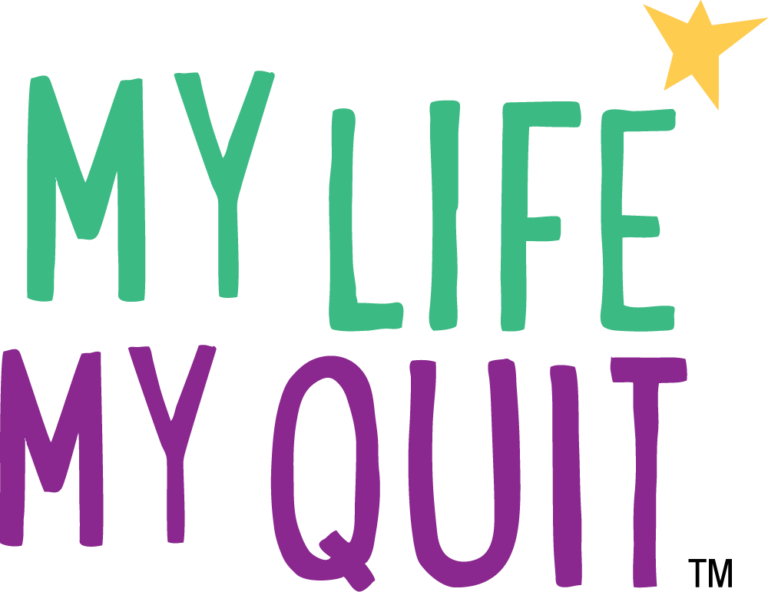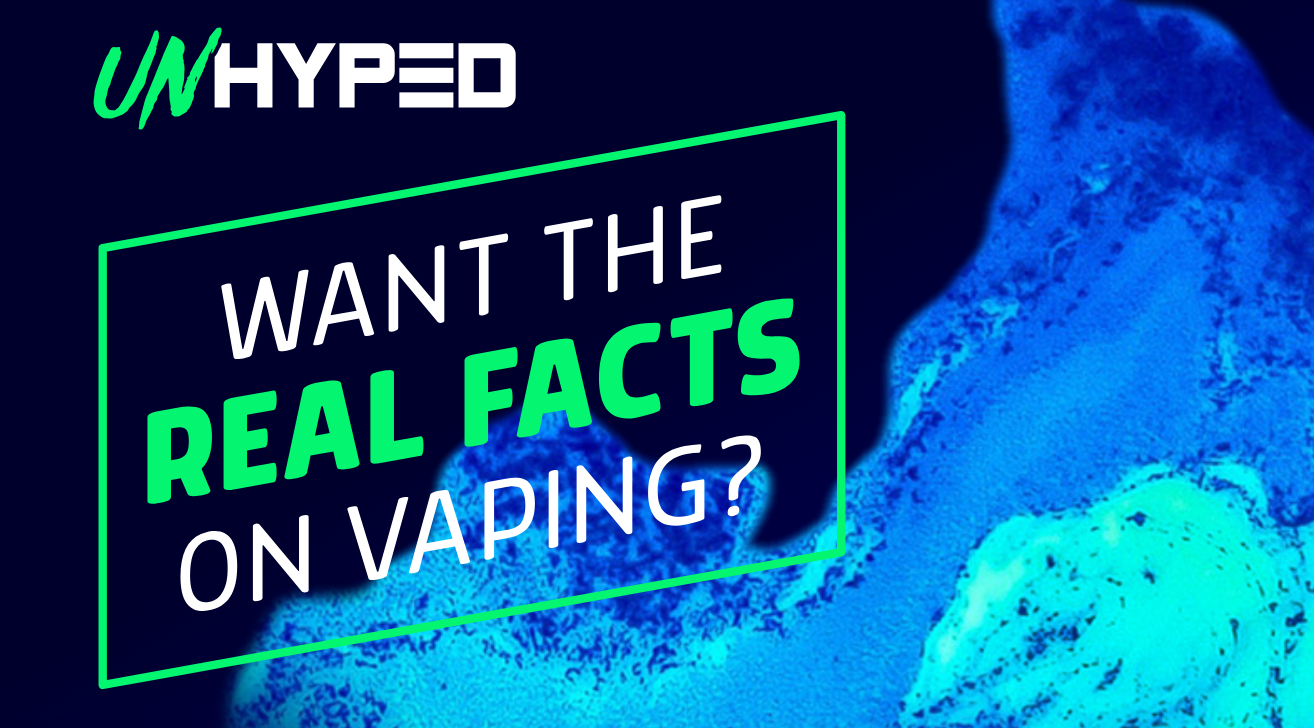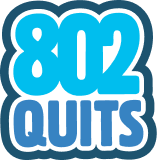Youth Vaping
Many young people don’t see the harm in vaping—and that’s a big problem.
The recent vaping-related lung injury outbreak in the US demonstrates that there is a lot more to learn about the short- and long-term impact of e-cigarette use.
E-cigarettes are never safe for youth and young adults. Strongly advise anyone who is vaping, dabbing or using e-cigarette products to discontinue use of these products and help prevent young patients from switching to cigarettes. Unfortunately, shifts in social acceptability and access to marijuana create opportunities for youth to experiment with vaping products containing THC, despite being illegal in Vermont. Direct young patients who want to stop using marijuana and need help to call 802-565-LINK or to go to vthelplink.org to find treatment options.
By understanding the allure of vaping to teens and young adults, you can advise young patients about their risks and treatment options. We can help you have those youth cessation conversations.
Vaping devices have many names: vape pens, pod mods, tanks, e-hookahs, JUUL and e-cigarettes. The liquids they contain can be called e-juice, e-liquid, vape juice, cartridges or pods. Most vape liquids contain a combination of glycerin and nicotine or flavoring chemicals to produce common or outlandish flavors, from mint to “unicorn puke.” Batteries power a heating element that aerosolizes the liquid. The aerosol is inhaled by the user.
Since 2014 e-cigarettes have been the most common type of tobacco product used by Vermont youth. Unfortunately, e-cigarettes can be used to deliver marijuana and other drugs. In 2015, one-third of US middle and high school students reported using e-cigarettes with non-nicotine substances. See Prevalence of Cannabis Use in Electronic Cigarettes Among US Youth.
Shifts in social acceptability and access to marijuana create opportunities for youth to experiment despite being illegal in Vermont.
Talking With Young Patients
Your young patients get erroneous information from all kinds of dubious sources, including friends and e-cigarette manufacturer advertising. You can help set them straight with facts about vaping.
The reality: Most e-cigarettes contain nicotine
- E-cigarette ingredients aren’t always labeled correctly. They aren’t tested for safety either.
- Nicotine is common in most e-cigarettes. Popular brands of e-cigarettes, like JUUL, contain doses of nicotine that can exceed a pack of cigarettes.
- Nicotine can permanently change the developing brain and impact youth wellbeing, study habits, anxiety levels and learning.
- Nicotine is very addictive and may also increase risk for future addiction to other drugs.
- Becoming addicted to nicotine is like losing freedom of choice.
The reality: Aerosol from vaping is more than water vapor
- Liquids used in vapes are filled with a variety of chemicals like nicotine and flavoring agents; we often don’t know what else is in there. There isn’t required testing by the FDA.
- Besides delivering nicotine, which is addictive and toxic, heavy metals from the heating coil and fine chemical particles have been found in the aerosol. They can cause respiratory disease.
- Nickel, tin and aluminum can be in e-cigarettes and end up in the lungs.
- Chemicals that are known to cause cancer can also be present in e-cigarette aerosol.
The reality: Flavors contain chemicals
- E-cigarette manufacturers add chemical flavoring to appeal to first-time users — especially teenagers.
- Nicotine-free e-cigarettes are not regulated. The chemicals that create flavors, like candy, cake and cinnamon roll, can be toxic to the body’s cells.
- If you vape, you’re 4 times more likely to start smoking cigarettes.
For more information and talking points: Download AAP_Youth_Tobacco_Cessation_Considerations_for_Clinicians (PDF)
Consider using a practice tool to assess level of nicotine addiction: Download the Hooked on Nicotine Checklist (HONC) for cigarettes (PDF) or vaping (PDF)
Studies show that youth, like my son, have no clue what’s in these products most of the time
Jerome Adams
US Surgeon General
Vaping is linked to a substantially increased risk of COVID-19 among teenagers and young adults:
Recent data from Stanford University School of Medicine show that teenagers and young adults who vape face a much higher risk of COVID-19 than their peers who do not vape. Read the Stanford study here.
The CDC, FDA and state health authorities have made progress in identifying the cause of EVALI. The CDC continues to update findings, key facts on pulmonary effects from vaping and provider recommendations.
HOW VERMONT IS HELPING TEENS QUIT VAPING
My Life, My Quit™ is a free and confidential service for those 12-17 who want to quit all forms of tobacco and vaping. Participants receive:
- Access to Tobacco Cessation Coaches with specialized training in adolescent tobacco prevention.
- Five, one-on-one coaching sessions. Coaching helps teens develop a quit plan, identify triggers, practice refusal skills and receive ongoing support for changing behaviors.

UNHYPED is Vermont’s health education campaign intended for teens. It is designed to share knowledge about health consequences of vaping and to correct common misconceptions. UNHYPED separates the truth from the hype so young people can understand the facts.

Click here for resources for parents to talk with their teen about vaping addiction.

The American Lung Association’s ACT to Address Youth Cessation Training is a one-hour on-demand, online course that provides an overview for health care professionals, school personnel and community members in youth/adolescent supportive roles in conducting a brief intervention for teens who use tobacco.

